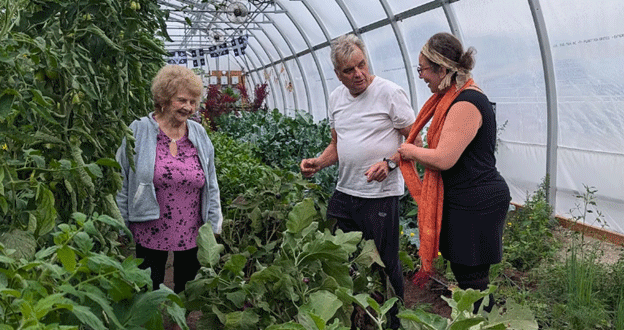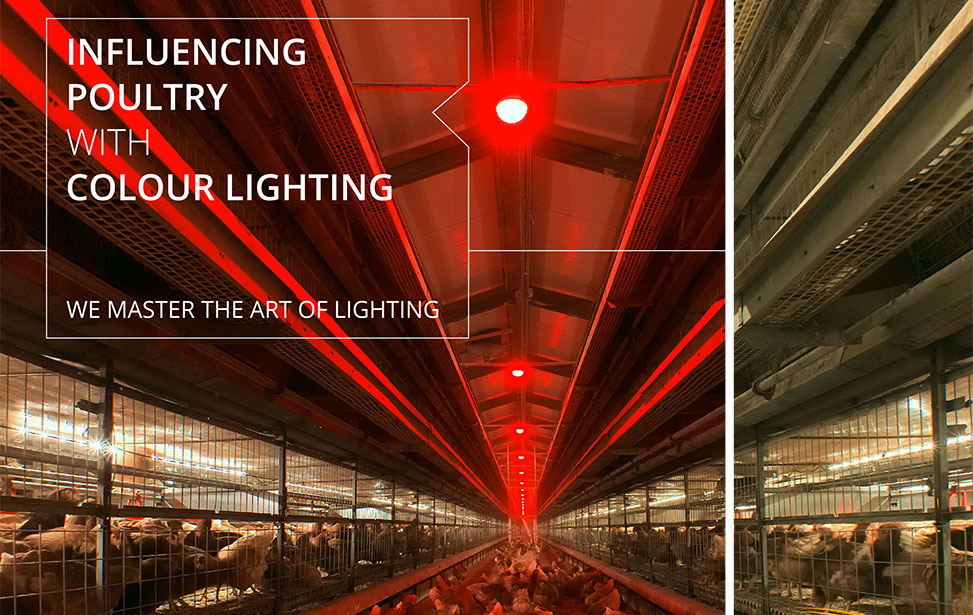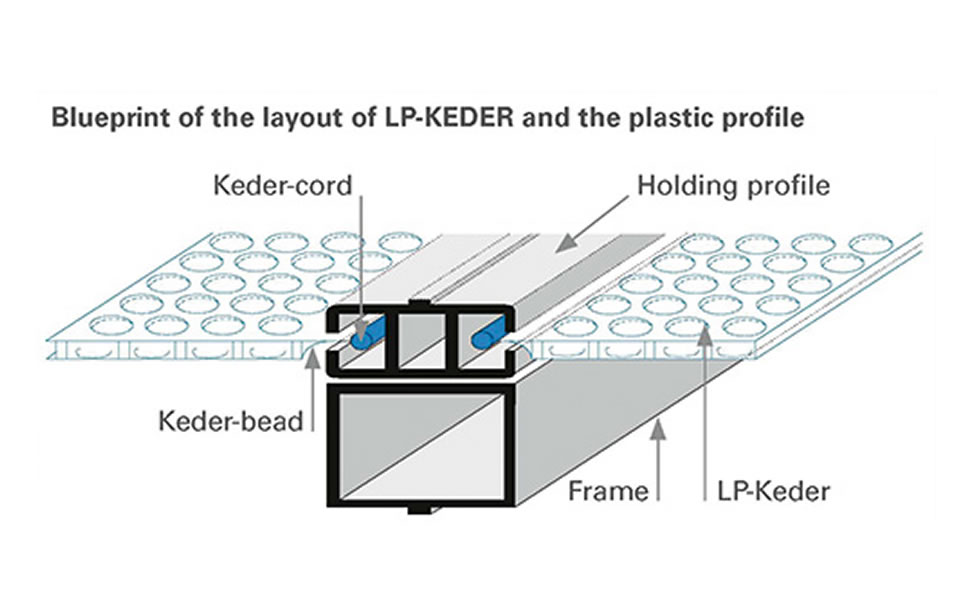In the small village of Moffet, located in the eastern region of Témiscamingue, Québec, a new greenhouse has become much more than just a place to grow fresh produce. The community greenhouse, launched this year by the municipality, has quickly turned into a vibrant gathering spot for residents, uniting them through the common goal of producing healthy, local food. With over 25 volunteer gardeners working the soil, the greenhouse has become a center of learning, social interaction, and food security.
Every Monday morning, the greenhouse comes to life with volunteers harvesting an array of vegetables. The warmth inside contrasts with the cool morning air, as dedicated individuals, ranging in age from young adults to seniors, work together to cultivate fresh produce. For some, like Agnès Paquin, an 84-year-old volunteer, the greenhouse is more than just a place to grow food—it’s a source of joy and connection. “I love everything we grow here. I get to meet people and socialize. We are like one big family in this greenhouse,” she shares, a smile lighting up her face.
Abundant Harvests and Social Connections:
The greenhouse produces an impressive variety of vegetables, including tomatoes, cucumbers, eggplants, and peppers. Léo Cossette, another volunteer, is amazed by the abundance. “I never thought there were so many types. We get to taste everything!” The cucumbers, in particular, have been highly productive, yielding more than 30 pounds per harvest and totaling 120 pounds each week.
Marie-Claude Légaré-Coderre, the project manager for food security in Moffet, manages the greenhouse operations and coordinates the volunteers. Reflecting on the harvest, she jokes, “Next year, we might plant a little less!” The seedlings, started in the old school building in Moffet during the spring, were transplanted into the greenhouse, where they thrived.
Most of the harvested vegetables are distributed among the volunteer gardeners, with some being preserved as canned goods for winter storage. Additionally, a portion of the produce is donated to seniors in the community, and some is sold at the Moffet public market.
Learning in a Joyful Environment:
The community greenhouse is not just about producing food; it’s also a place of learning. Volunteers, many of whom are retired, tend to their own home gardens but find new challenges in greenhouse cultivation. They are learning to recognize the right time to harvest, ensuring vegetables are fresh, properly sized, and fully ripe.
Marie-Claude Légaré-Coderre explains, “It’s also about learning the ideal harvest times so that the vegetable is fresh, of good size, but also at maturity.” Workshops led by experienced market gardeners like Nancy Gélinas from Ferme Gélijean, as well as horticulture teachers from the Centre Frère-Moffet, provide valuable knowledge to the volunteers.
For Léo Cossette, learning new techniques and expanding his horticultural vocabulary is a highlight of the experience. “Sometimes, you’re working with a plant and you don’t know what you can do with it, but now we’ve learned. We meet very knowledgeable people,” he says.
A Multifunctional Greenhouse:
The community greenhouse serves multiple purposes beyond food production. Danielle Jodoin, one of the volunteers, uses the greenhouse to extend her growing season. “What interested me was extending my garden season, because here, things grow earlier and last longer,” she explains.
For others, like Agnès Paquin and Léo Cossette, the social aspect is what draws them in. “I call it a communicative greenhouse. We chat, we meet. It’s a great social network!” Cossette remarks. The greenhouse has become a hub for social interaction and community building in Moffet, where people come together, not only to grow food but also to connect and share knowledge.
Mayor Alexandre Binette is thrilled by the enthusiasm surrounding the project. “We’re talking about around 25 people participating. That’s more than 10% of the population,” he says proudly. The mayor sees this as just the beginning of Moffet’s journey toward greater food autonomy and security. “It really makes us want to continue with more projects like this. How far can a municipality go in supporting food security and the nourishment of its citizens? We’ll see where it takes us,” he adds, full of hope.
The ultimate goal of the greenhouse project is to equip the entire village with the skills to grow and preserve their vegetables, fostering a more resilient and food-secure community.
The community greenhouse in Moffet has become much more than just a place to grow vegetables. It’s a center for learning, social interaction, and food security, bringing together volunteers from across the village. With the success of this project, Moffet is taking a significant step towards greater food autonomy and sustainability. This initiative is a powerful example of how local communities can come together to support one another, strengthen social bonds, and ensure access to healthy, locally-grown food.










